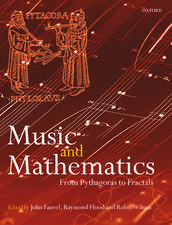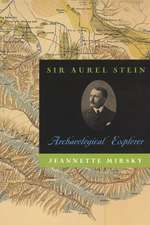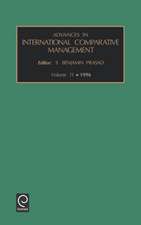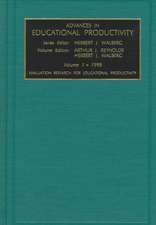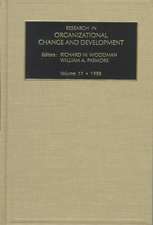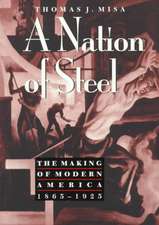Cathedrals of Science: The Personalities and Rivalries That Made Modern Chemistry
Autor Patrick Coffeyen Limba Engleză Hardback – 27 noi 2008
Preț: 279.25 lei
Preț vechi: 343.00 lei
-19% Nou
Puncte Express: 419
Preț estimativ în valută:
53.44€ • 55.93$ • 44.47£
53.44€ • 55.93$ • 44.47£
Carte tipărită la comandă
Livrare economică 20-26 martie
Preluare comenzi: 021 569.72.76
Specificații
ISBN-13: 9780195321340
ISBN-10: 0195321340
Pagini: 400
Ilustrații: 26 black and white halftones, 31 line illustrations
Dimensiuni: 163 x 236 x 31 mm
Greutate: 0.68 kg
Ediția:1
Editura: Oxford University Press
Colecția OUP USA
Locul publicării:New York, United States
ISBN-10: 0195321340
Pagini: 400
Ilustrații: 26 black and white halftones, 31 line illustrations
Dimensiuni: 163 x 236 x 31 mm
Greutate: 0.68 kg
Ediția:1
Editura: Oxford University Press
Colecția OUP USA
Locul publicării:New York, United States
Recenzii
Coffey aims at unveiling how different personal characteristics led to differences in scientific styles. How friendships, camaraderie, enmities and rivalries played a role in shaping developments in science, in strengthening scientific and social networks, in articulation of research groups, in the establishment of codes of conduct between senior researchers and young students, and in responding to various political context, often extreme as in the case of the two world wars. Definitely, it is when discussing how conflicts of personalitites and controversies over scientific matters shape the real world of physical chemistry, that the author excels.
... a gripping page-turning narrative that elegantly combines popular science with a serious history of science.
... a gripping page-turning narrative that elegantly combines popular science with a serious history of science.
Notă biografică
Coffey spent most of his career in the design of instruments for chemical research and was a co-founder of a number of scientific instrument companies. In 2003, he began research into the history of chemistry at the University of California, Berkeley.




